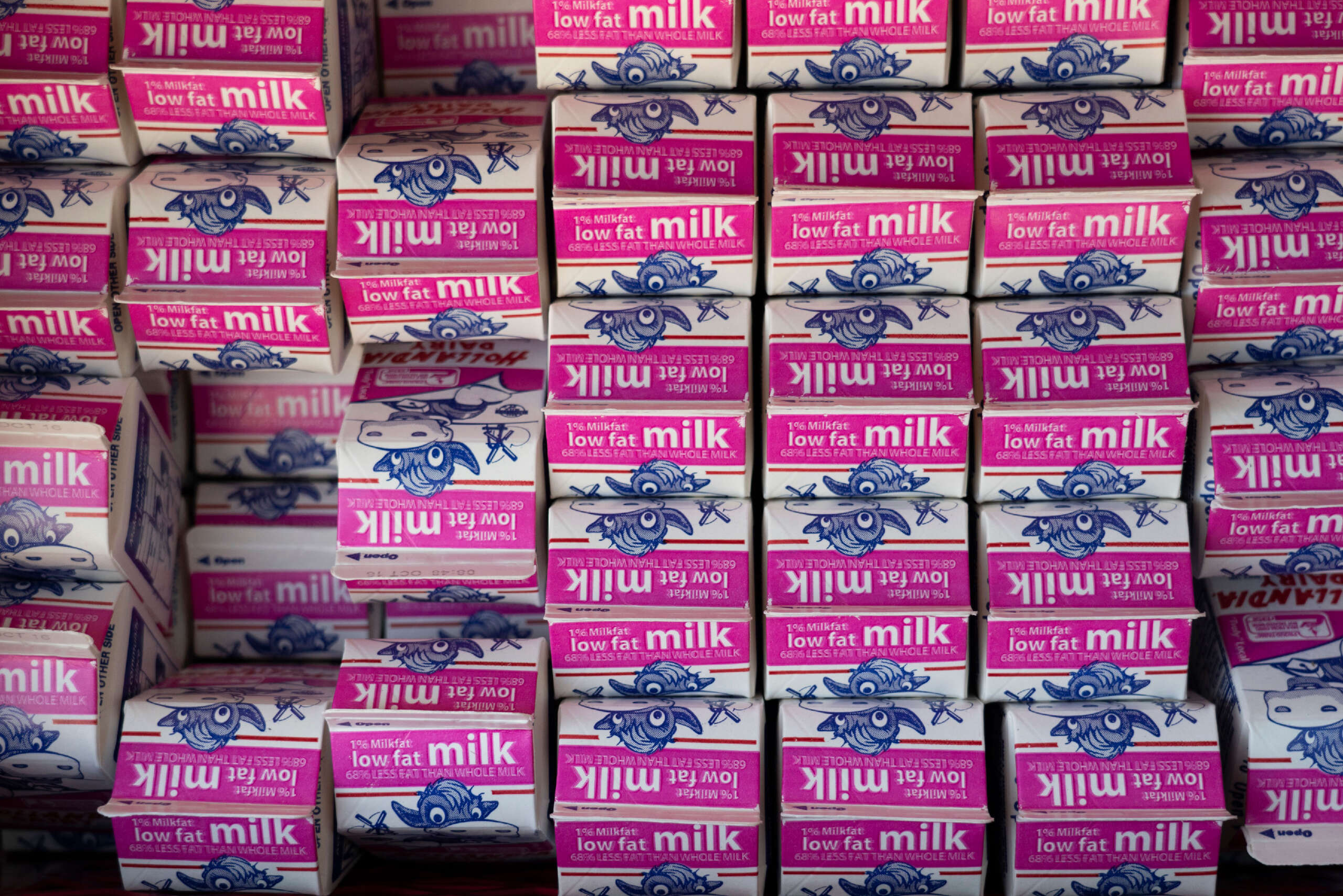Offering nondairy options in U.S. school cafeterias would help level the playing field for BIPOC students.
Cognition, concentration and vigor are wellness markers associated with healthy diets. They also happen to be predictors of academic performance, including educational attainment for both children and young adults. But there is a misguided belief among the public that balanced, nutritious diets are by default healthy diets. While the reverse is true — healthy diets are balanced and nutritious — failure to recognize intolerance or allergies to certain foods, particularly in children, has dire consequences for cognition, concentration and related faculties.
Regrettably, such failure is epitomized in the U.S. Department of Agriculture’s (USDA) National School Lunch Program (NSLP), which was created by the Richard B. Russell National School Lunch Act of 1946. This federal law provides low-cost or free school lunch meals to disadvantaged students through subsidies to schools. A similar program, the School Breakfast Program, was created later in 1966 and made permanent in 1975. The National Center for Education Statistics places the number of students enrolled in the NSLP program for year 2021-22 at 47.3 million, with 23 million children eligible for free or reduced-price lunch.
The USDA’s one-size-fits-all approach to feeding those millions of U.S. youths through NSLP fails to take into account the issue of lactose intolerance — a condition resulting from maldigestion of the milk sugar lactose. According to the National Institute of Diabetes and Digestive and Kidney Diseases, about 68 percent of the world’s population and roughly 36 percent of people in the U.S. have lactose malabsorption. Yet, NSLP exclusively relies on cow’s milk and dairy products to feed children in schools, even though U.S. Dietary Guidelines recognized fortified soy milk as a nutritional equivalent to dairy cow milk in 2020.
In fact, NSLP policy mandates that lactose-dense cow milk cartons are added to breakfast and lunch trays. This leaves millions of young learners in significant distress, either due to adverse medical reactions after consuming nontolerated milk products, or because of nutritional deficiency resulting from their avoidance of forced dairy items altogether — a self-preservation measure improvised in the absence of alternatives.


Let me guess, because of the dairy lobby?
Got Milk?™
Which is, by extension, the corn lobby